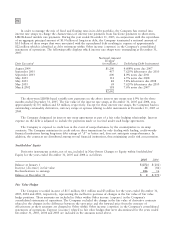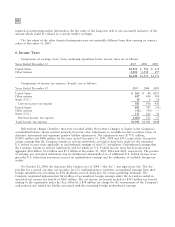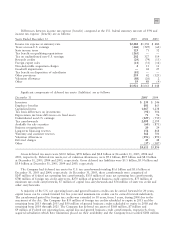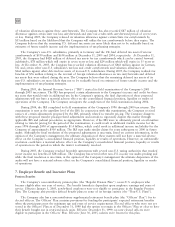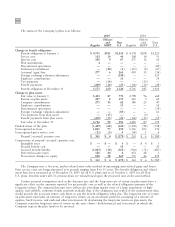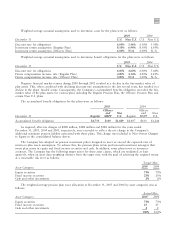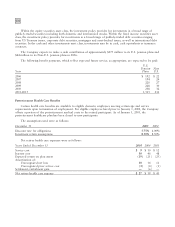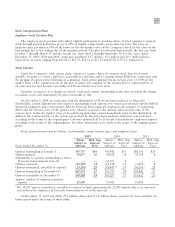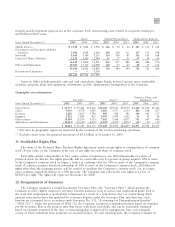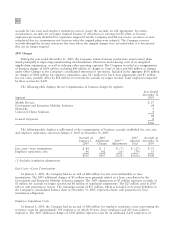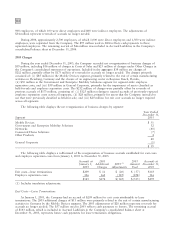Motorola 2005 Annual Report Download - page 113
Download and view the complete annual report
Please find page 113 of the 2005 Motorola annual report below. You can navigate through the pages in the report by either clicking on the pages listed below, or by using the keyword search tool below to find specific information within the annual report.
106
Within the equity securities asset class, the investment policy provides for investments in a broad range of
publicly-traded securities including both domestic and international stocks. Within the fixed income securities asset
class, the investment policy provides for investments in a broad range of publicly-traded debt securities ranging
from US Treasury issues, corporate debt securities, mortgages and asset-backed issues, as well as international debt
securities. In the cash asset class, investments may be in cash and cash equivalents.
Cash contributions of $43 million were made to the retiree healthcare plan in 2005. The Company expects to
make a cash contribution of $45 million to the retiree health care plan in 2006.
The following benefit payments, which reflect expected future service, as appropriate, are expected to be paid:
2006 $45
2007 43
2008 41
2009 39
2010 37
2011-2015 168
The health care trend rate used to determine the December 31, 2005 accumulated postretirement benefit
obligation is 10.0% for 2006. Beyond 2006 the trend rate is graded down 1.0% per year until it reaches 5.0% by
2011 and then remains flat. The health care trend rate used to determine the December 31, 2004 accumulated
postretirement benefit obligation was 10.0% for 2005 with the trend rate graded down per year until reaching 5.0%
by 2010 and then remaining flat.
Changing the health care trend rate by one percentage point would change the accumulated postretirement
benefit obligation and the net retiree health care expense as follows:
1% Point 1% Point
Increase Decrease
Effect on:
Accumulated postretirement benefit obligation $24 $(25)
Net retiree health care expense 2 (2)
Due to the Company's lifetime maximum cap on postretirement health care expenses per person, a change in
the discount rate trend assumption has a small impact on the liability and related expense.
The Company has no significant postretirement health care benefit plans outside the United States.


